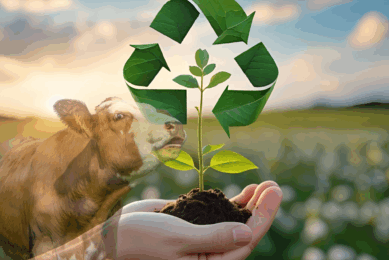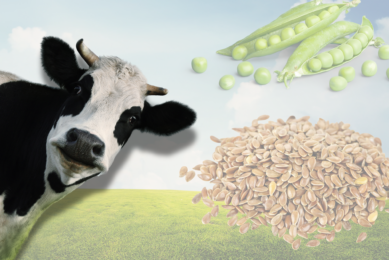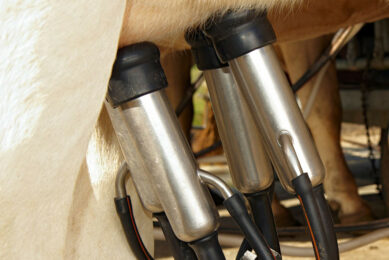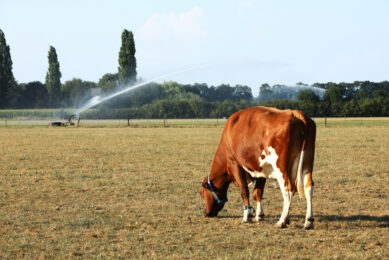Cow lameness, cameras and methane emissions
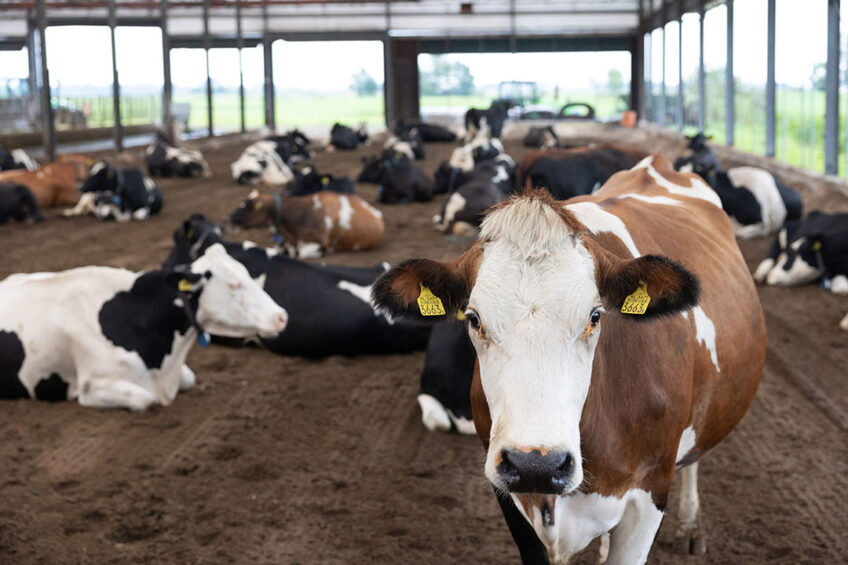
Methane-producing bacteria, known as methanogenic archaea, flourish in the rumen under specific conditions and is influenced by various factors. The composition of the diet plays a significant role, as fermentable carbohydrates like cellulose and hemicellulose facilitate their proliferation.
Additionally, feed quality impacts methane production, with high-quality forages resulting in lower methane levels compared to low-quality forages with higher lignin content. Methane production is positively correlated with feed intake (1), meaning that higher consumption leads to increased methanogenesis.
Moreover, the ruminal pH, ideally ranging from 6.0 to 7.0, affects the growth of methanogens, and a decrease in pH can hinder their proliferation. The ruminal environment, typically characterised by a reducing redox potential, provides a favourable setting for methanogenic archaea. These bacteria rely on hydrogen gas produced during fermentation, and their availability significantly influences methane production. Furthermore, the coexistence of methane-producing bacteria with other microorganisms, such as cellulolytic bacteria, within the rumen ecosystem also affects their abundance.
The prediction formula below suggests that the daily methane production of dairy cattle can be estimated by adding a baseline value of 62 L (with a possible variability of ±5.5 L) to the product of 25.0 (with a possible variability of ±0.54) times the dry matter intake (DMI) of the cattle. The DMI is a key factor influencing methane production, and this formula provides a way to quantify this relationship and make predictions about methane emissions based on feed intake.
(Source: Ramin and Huhtanen, 2013)
Lameness in dairy cows
Lameness-related discomfort in dairy cows can indirectly alter methane emissions through several mechanisms. Firstly, lameness can lead to decreased feed intake due to pain and discomfort. Since methane production is positively correlated with feed intake, one could speculate lameness would indirectly decrease methane emissions. On the other hand, a mild discomfort reduces intake only slightly which slows down passage rate, altering fermentation patterns potentially increasing methane production.
Secondly, mild lameness can affect rumen function, including motility, and pH, all crucial for an efficient fermentation. Additionally, lameness can impact a cow’s ability to effectively utilise feed nutrients, leading to decreased feed efficiency and increased methane production. It is important to acknowledge that the relationship between lameness, feed efficiency, and methane emissions is complex and influenced by various factors.
Dairy cow feed efficiency
While lameness-related discomfort and decreased feed efficiency can indirectly contribute to increased methane emissions, other management practices such as feed composition, feeding strategies, and overall herd health management also play significant roles in mitigating methane emissions in dairy cows.
By promptly addressing lameness through early detection and implementing appropriate management practices, farmers can improve cow comfort, enhance feed efficiency, and potentially reduce overall methane emissions associated with lameness-related challenges. However, despite the reduced feed intake, efficiency is not improved due to the concurrent drop in production observed in lame cows.
Monitoring with 3D cameras
AI 3D camera algorithms analyse gait patterns and detect signs of lameness, such as stride length, symmetry, and irregularities. Timely intervention reduces the duration and severity of lameness, minimising associated methane emissions. These cameras also capture detailed images of cows in standing or lying positions, and, through AI algorithms, analyse these images to detect abnormal postures or weight distribution, indicators of lameness.
Identifying such signs enables prompt actions, improving cow well-being and potentially reducing methane emissions. By continuous monitoring, 3D cameras also provide ongoing lameness detection, beneficial for cows with intermittent lameness or lameness occurring during specific activities. Detecting lameness episodes as they occur allows farmers to mitigate the condition’s impact.
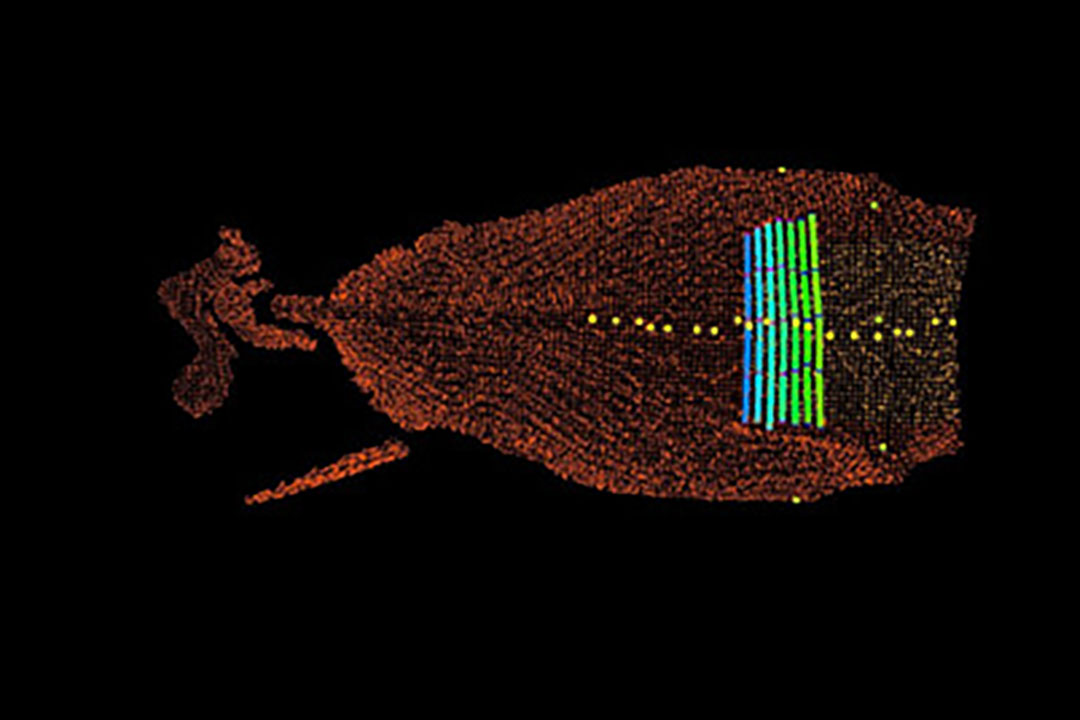
Finally, AI-powered systems utilise data from 3D cameras to create individual cow profiles, tracking behaviour and movements over time. Establishing baseline patterns enables the quick identification of deviations indicating lameness. Individualised care plans, including treatments, hoof trimming, and environmental adjustments, improve cow comfort, reduce stress, and mitigate lameness-related methane emissions.
Farmers can thus proactively address lameness using AI 3D cameras, leading to improved cow well-being, and reduce methane emissions associated with decreased feed efficiency. It is important to note that while 3D cameras aid in lameness detection, the expertise of veterinarians and skilled personnel remains crucial for effective diagnosis and treatment.
Culling rates
In addition, reducing culling rates due to lameness has implications on methane emissions on a whole-herd basis. When cows are culled prematurely, they need to be replaced with new animals, which contributes additional methane emissions during the process of raising replacements. Immature (first and second lactation) cows have lower feed efficiency and emit more methane per unit of milk produced compared to mature lactating cows. Therefore, the more frequently cows are culled, the more replacement animals are needed, resulting in increased methane emissions.
Premature culling also leads to a loss of methane mitigation potential. Older cows in a herd have a higher potential for methane mitigation as their rumen microbial populations adapt, becoming more efficient at digesting feed and producing less methane when considered on a similar feed intake basis. When older cows are culled prematurely, the herd loses the benefit of these methane-mitigating individuals, potentially resulting in a higher average methane emission per cow in the herd.
Table 1 below shows the effect that a reduction in age at first calving and culling rates have on methane emissions from the herd.
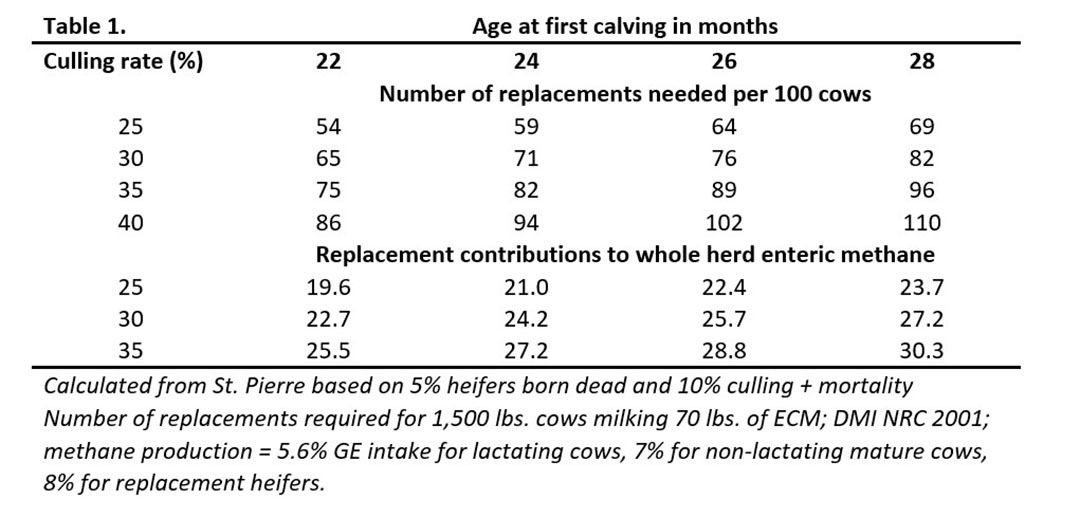
Early lameness detection, calving age, premature cow culling
In summary, lameness leads to reduced feed intake, slowing passage rate and affecting microbial fermentation in the rumen and potentially increasing methane production. It can also impact rumen function, nutrient utilisation, and overall cow health, all of which contribute to imbalances in the fermentation process and methane emissions.
The use of AI 3D cameras for early lameness detection and management can improve cow well-being, enhance feed efficiency, and reduce methane emissions. Additionally, premature culling contributes to higher methane emissions because of reduced efficiency of younger cows, and the loss of methane-mitigating older cows. Keeping cows in the herd for their full productive life allows for lower methane emissions and improved herd health, leading to more sustainable dairy farming practices.
By reducing the age at first calving and culling rates, farmers can reduce methane emissions. Keeping cows in the herd for their full productive life allows for the benefits of mature cows with lower methane emissions and higher feed efficiency. It also provides the opportunity to address underlying health and management issues that may contribute to lameness or other reasons for culling. Improved herd health and productivity can contribute to more sustainable and efficient dairy farming practices, potentially leading to reduced methane emissions on a whole-herd basis.
Join 13,000+ subscribers
Subscribe to our newsletter to stay updated about all the need-to-know content in the dairy sector, two times a week.



